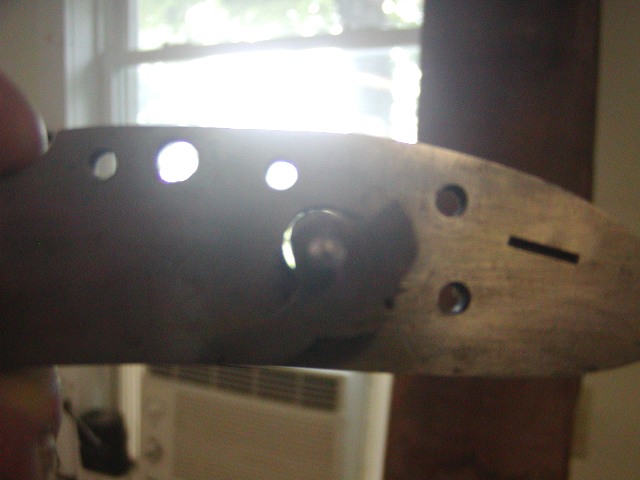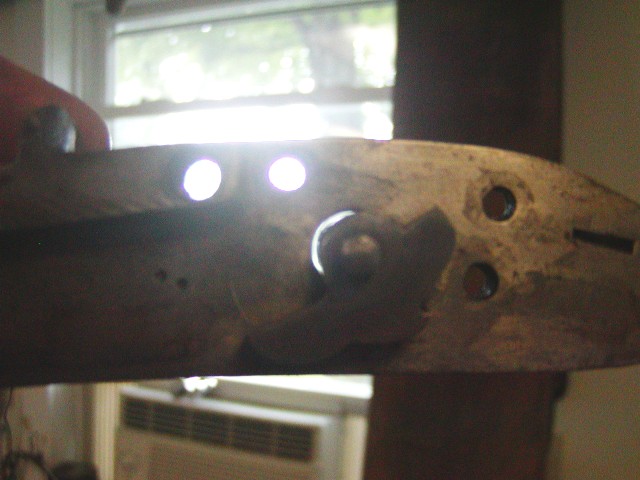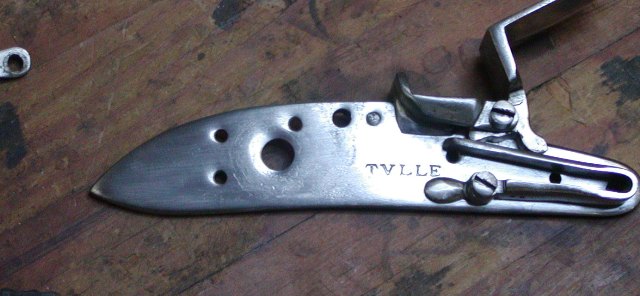Hi,
I've fixed so many of these locks. Take everything off then lay the plate across the jaws of a sturdy vise so the tumbler can drop away. Put a towel in the vise to catch the tumbler. Then use a punch that fits down into the hole without rubbing against the threads and hit it with a fairly heavy hammer. Don't be afraid to beat the snot out of it. If the tumbler or screw have a lot of corrosion, briefly heat the **** and tumbler with a torch (not much just hot to the touch) and then apply a little penetrating oil. Then go and use the punch. FYI, the part holding the flint is called the flint **** or ****, not hammer. The part it strikes is called the frizzen in modern terms but back in the day was called the hammer, steel, or battery. Get yourself a good spring vise rather than use vise grips. These locks are notorious for the sloppy fit of the tumbler to the lock plate. I usually have to insert a bushing in the plate to eliminate the sloppy fit. Here are 2 examples:


Also, often the round post of the tumbler does not extend far enough through the plate to prevent the **** from being tightened down against the lock plate. In the photo below note the rub marks of the **** on the plate and also the overuse of polishing wheels such that all the screw holes are dished out.
The springs are usually very crudely made and often way too heavy. If you anneal them to work on them, reharden them with a brine quench not oil. You will need the fast cooling of brine to harden them or they will take a set. Temper them at 750 degrees for at least 30 minutes.
dave






















